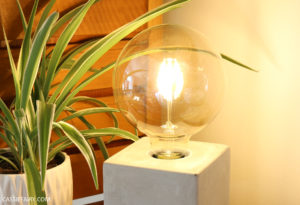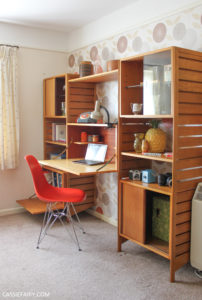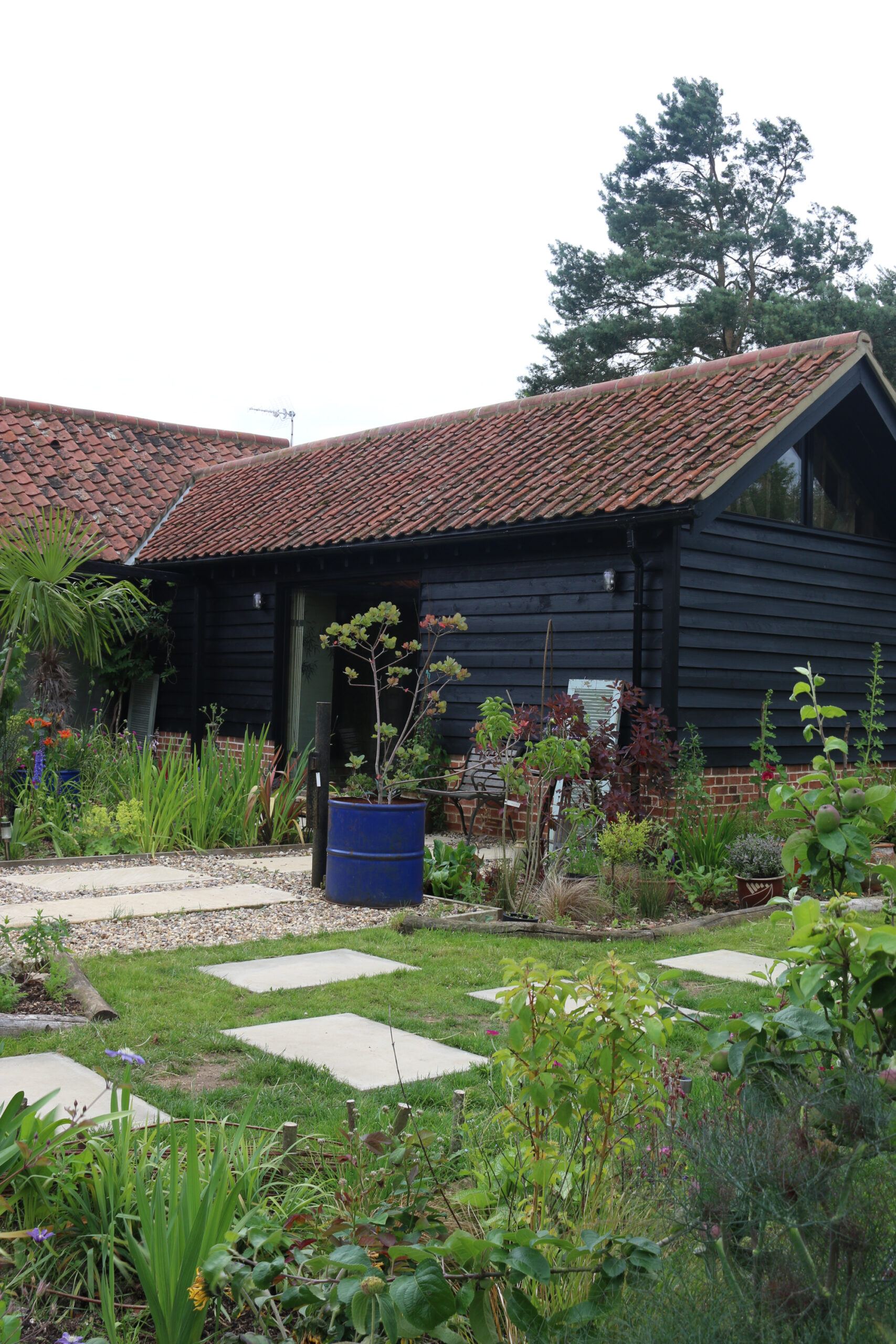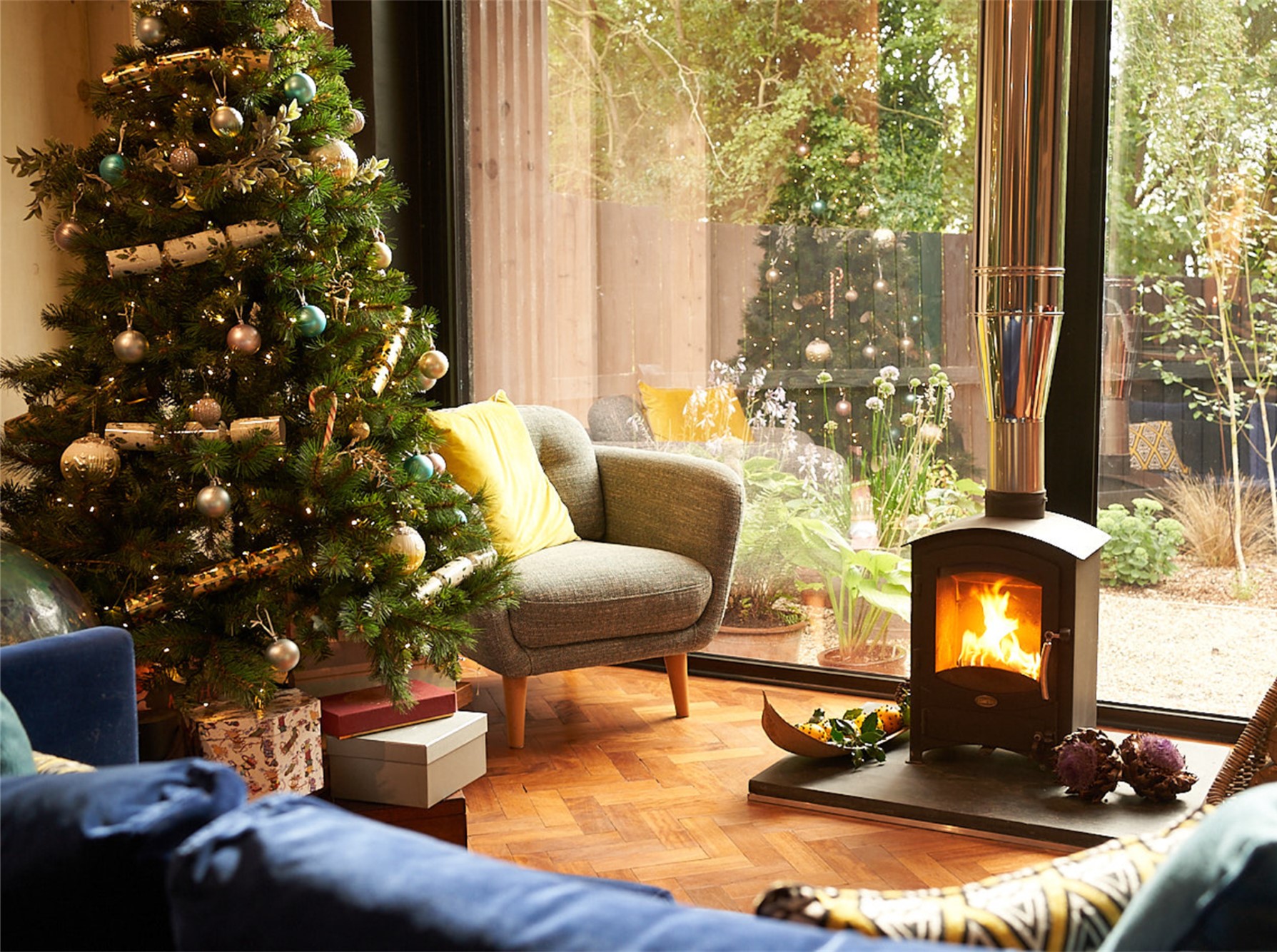Multi-functional rooms have been a trend for a while now, and it doesn’t look as though they’re going away any time soon. As more and more of us open up our downstairs to turn a collection of small cramped rooms into one huge space, the problems as well as the benefits of this kind of living can become obvious. One room zoned into specific areas for cooking, dining and relaxing appears to be a dream but is the reality somewhat different? Together with Harvey Jones, fitters of retailers of bespoke fitted kitchens, I’m taking a look at this new home trend.

Why choose an open plan design?
For those with sociable lifestyles, an open plan design is perfect when it comes to functionality, as it allows light in the room from many angles, and accommodates your guests. For multi-functional rooms that include a kitchen, the benefits are clear. It prevents the cook from feeling isolated, for a start. No more retiring to the kitchen for half an hour on your own to prepare meals. A bespoke kitchen scheme that includes an island or peninsula that looks out onto the rest of the space means that cooking and preparing food need no longer be a solitary process.
Often also given as a reason for going open plan is the need to keep an eye on children. From toddlers playing to teens doing their homework, for busy families a space that performs several functions allows the family to spend time together even when they’re performing many different tasks. Due to homes decreasing in size and space becoming a priority, rooms that are allocated for formal dining can seem like an extravagance; however, a kitchen diner can be a good way of maximising space and design. However, you do have to be canny when planning a multi-functional room to ensure all zones work well together, and recognise that this kind of layout will reduce privacy, particularly if you’re opening up the whole of your downstairs. Having nowhere quiet to retire while the kids watch TV or play can become a problem. There are also the issues of noise from appliances that might disturb you or that clearly evident pile of washing-up nagging at you as you sit down for an evening of TV or a quiet read with your favourite book or magazine. Fewer walls also mean less space to put furniture, which can lead to a room that’s crammed around the walls or jumbled in the centre.
What’s the future of design?
Although open-plan living has set the precedent, a compromise is becoming more relevant – broken plan living. The idea is to retain all the things you love about open-plan – particularly the light and openness – while at the same time zoning the space to allow for more privacy should you need it. Rather than doing this with colours and textures as you would in a true open-plan arrangement, broken-plan employs structural elements such as half-walls, dividing shelves, changing levels, walls of glass and even mezzanines to create areas for different uses.
Making it work
In a space that is already open, broken-plan living spaces can be created when ‘walls’ of boxed shelving or other furniture is put up to define certain areas. Of course, you don’t want to regress back to small pokey rooms, so don’t cram the shelves full of books – instead, artfully arrange a few favourite pieces to signal the change between rooms. Leave some of the shelves open to allow light to freely cascade from one zone to another. If you’re just starting your project, consider just knocking down half a wall and leaving the top open, allowing sight-lines through but at the same time giving you more wall space to play with. While hatches should remain a distinctly 70s invention, a larger aperture in the wall between a kitchen and sitting room, for example, is a workable and modern substitute.

Also, consider building in pocket doors that will slide out of sight into the walls when you want to join two rooms but can be closed quickly to create separation when needed. Crittall-style windows have also come back into fashion in recent years. Metal framed windows and doors traditionally used in industrial spaces or as exterior walls onto gardens have celebrity fans such as TV presenter and architect George Clarke, who celebrates their ability to cleverly divide an internal space without shutting off one room totally from another.
Unlike open-plan spaces, broken-plan spaces can accommodate changing floor and ceiling heights, which will help to bring two rooms together more appropriately. So what do you think of this new style of open plan living? Hav your already divided up your space to suit your lifestyle? Let me know your opinions by leaving me a comment below 🙂
This article is a sponsored collaboration. The pink links in the content indicate a sponsored link or information source. The blog post reflects my own experience and the sponsor hasn’t had any control over my content 🙂






















